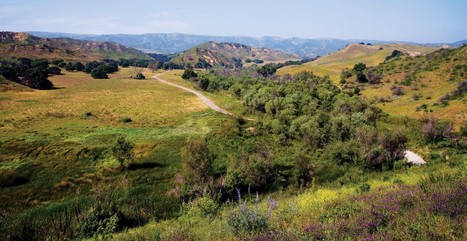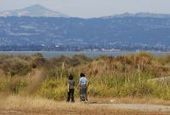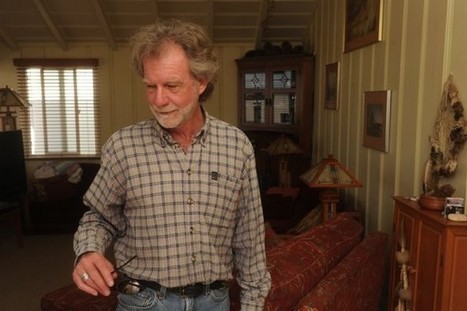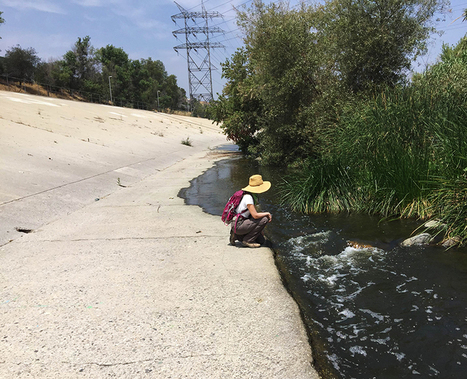Nearly half of the sprawling Alamos Canyon will soon come under the ownership of the Rancho
Simi Recreation and Park District, which has been working for two years to preserve the site as open space.
Get Started for FREE
Sign up with Facebook Sign up with X
I don't have a Facebook or a X account
 Your new post is loading... Your new post is loading...
 Your new post is loading... Your new post is loading...

truonganphuong's curator insight,
July 20, 2014 3:45 AM
This is a new publication from the Wildlife Conservation Society (WCS) and the U.S. Fish and Wildlife Service (USFWS) which illustrates that one way to make pro-active decisions in conservation and natural-resource planning today is to consider various scenarios that may unfold tomorrow. In addition to offering insights on scenario planning, the report explains why a group might undertake a scenario planning effort, and describes the range of approaches for scenario planning in natural resource conservation. I love how detailed and thoughtful this report is and believe that this will be very much beneficial to our future. |
|
















